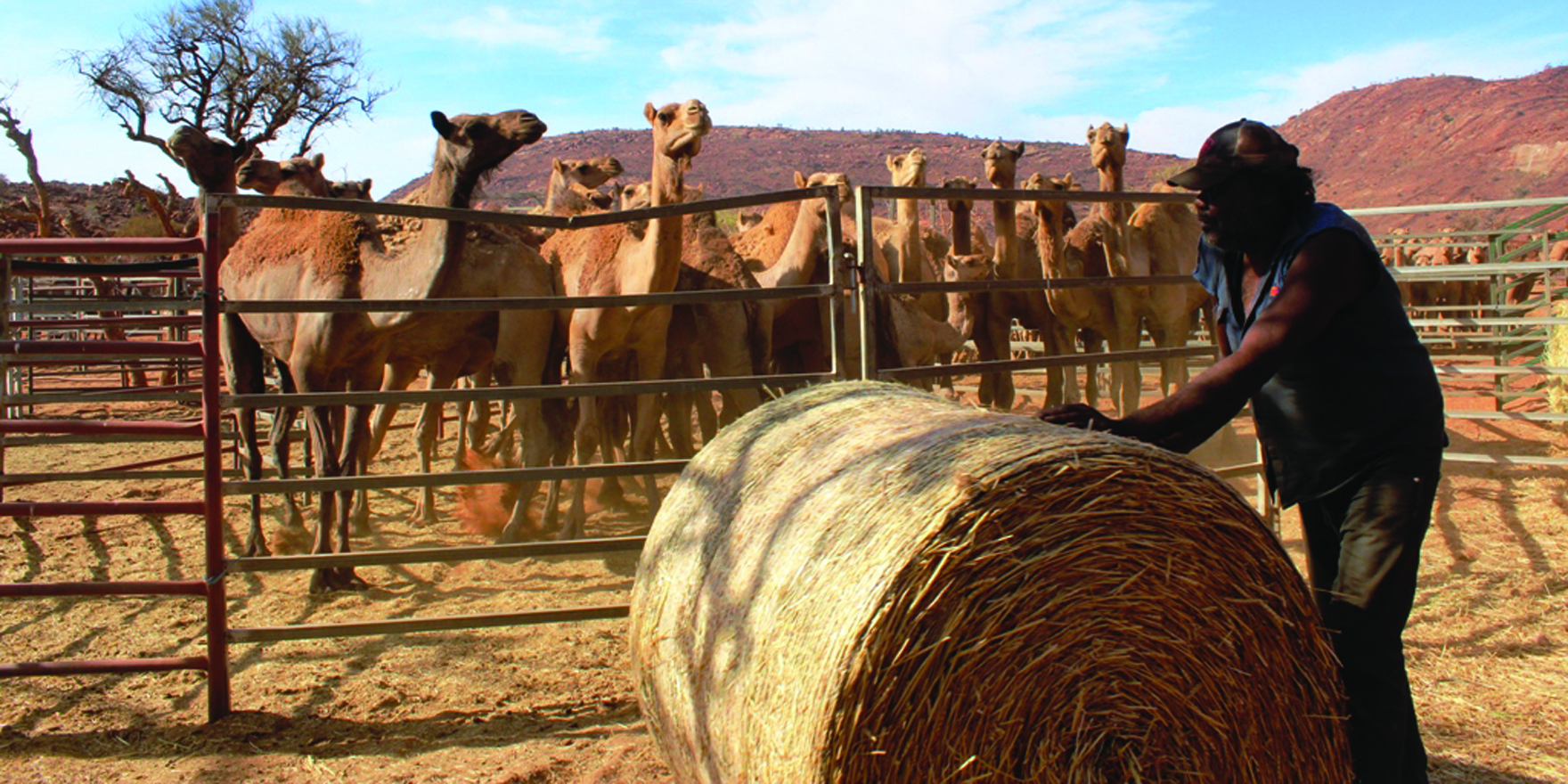Aboriginal people are more than twice as likely to have multiple diseases than non-Aboriginal people, a comprehensive analysis shows
Aboriginal people in Australia are more than twice as likely to have multiple diseases than non-Aboriginal people, a comrehensivedata analysis shows.
The study of more than 5.6 million people admitted to hospital in NSW over 10 years revealed that around 16% of Aboriginal patients had two or more morbidities, compared with 12% of non-Aboriginal patients.
Once the data was adjusted for age, sex and socio-economic status, the prevalence of multimorbidity was 2.6 times higher for Aboriginal people than for the general population.
Multimorbidity was one of the main reasons that Aboriginal people had higher mortality than other Australians, the researchers found.
The higher mortality in patients with many diseases might be due to the “cumulative effect of the individual morbidities”, Dr Deborah Randall (PhD), the first author on the study and a data analyst and epidemiologist at the Centre for Big Data Research in Health at UNSW, said.
But previous research showed that people with co-morbidities being treated for heart disease were less likely to have procedures such as revascularisation. “So having additional morbidities could be a barrier to more aggressive treatments,” she said.
Dr Warren Jennings, a GP and senior medical officer at Inala Indigenous Health Service in Queensland, said the study didn’t tell GPs anything they don’t already know.
“Everyone I saw this morning had multiple conditions,” he said. “From a GP perspective, it reinforces what we already experience to be true.”
What the study added, he said, was new information about mental illness being the leading cause of multimorbidity in middle-aged Aboriginal people.
Aboriginal people aged 25-54 had higher rates of mental morbidity, such as alcohol and drug misuse and depression, whereas those over 60 had higher rates of physical morbidities in the study.
There was a large body of research quantifying the gap in health outcomes for Aboriginal people, but there was less study on solutions, Dr Jennings said.
GPs could make a difference by voicing concerns about the social determinants of health, including everything from poverty to education and political representation, he said.
Primary care could also do more to make Aboriginal people feel welcome, he said.
“When the [Inala] clinic first started there were very few Aboriginal people attending,” Dr Jennings said.
“And when our boss, Dr Noel Hayman, sat down with the community and asked them, they mentioned that feeling unwelcome, staff being rude to them, was a big reason. And we have increased from 12 Aboriginal patients to many thousands of Aboriginal patients by listening to the community.”
Dr Randall said primary care seemed to have an important role in engaging with the community, providing culturally safe and appropriate care, and coordinating services.
But much of the weathering and premature ageing of Indigenous Australians was as due to poverty and stress as to poor access to healthcare, she said.
MJA 2018, 2 July


